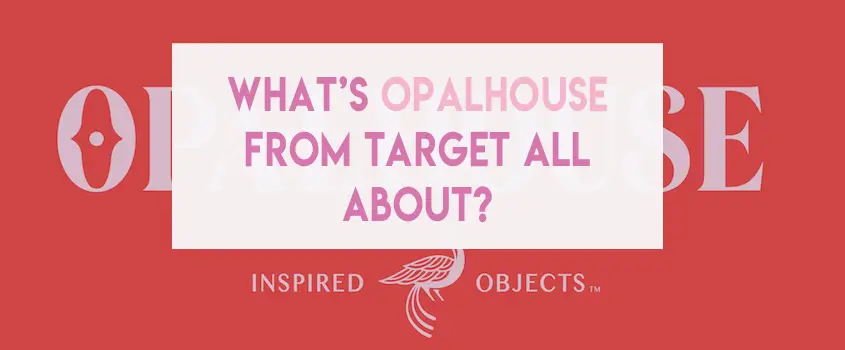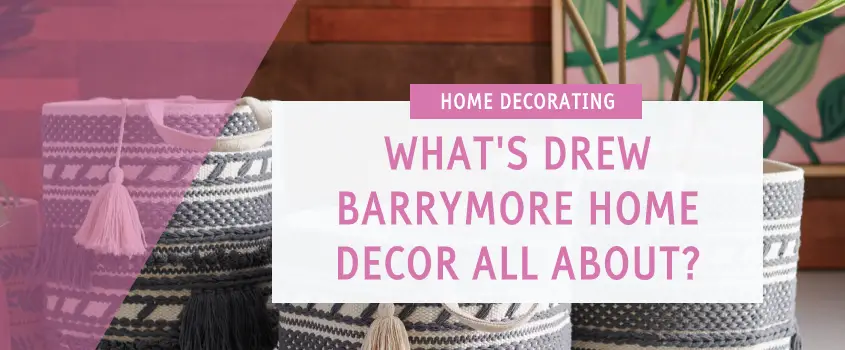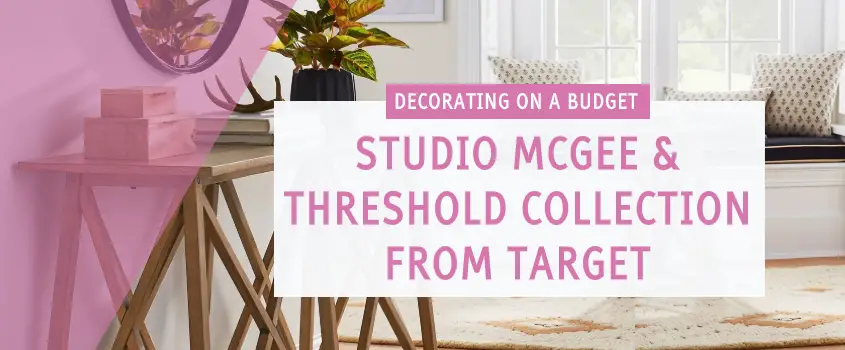What Is Biophilic Design?

FTC Disclosure - This post contains affiliate links and I will be compensated if you make a purchase after clicking on my links.
*Item received for free for promotional consideration or a sponsored link.
Congratulations plant ladies, your time has arrived! Biophilic Design is one of the hottest new interior design trends.
But what exactly is Biophilic Design?
Keep reading to find out.

What Is Biophilic Design?
Biophilic design is the practice of bringing elements from the outdoors inside as a design feature. The term biophilia is the idea that humans possess an innate tendency to seek connections with nature. Biophilic design is a way to connect to nature while still being inside a house or building.
Humans spend about 90% of their time indoors. Being removed from nature for that duration of time can have a negative effect on one’s mental health.
One way to combat this isolation is to bring nature inside. That is what Biophilic Design is all about.
While this style of design has been around for quite some time, it is just now gaining popularity with the masses.
The boom of Biophilic Design is no doubt a reaction to lockdowns during the pandemic. The “stay home stay safe” tactic was something almost every country implemented. It saw people working and schooling from home at a rate never seen before.
As a result, there was a surge of people wanting to create a backyard oasis. And, there was a renewed interest in bringing plants indoors.

Biophilic Design Principles
Biophilic Design is all about evolving our connection with nature. The key is to bring nature closer by integrating vegetation, natural light, and natural textures and materials in our interiors.
This design style is not a new concept, but up until now, it has mostly been featured in commercial spaces like hotels, restaurants, aquariums, etc.
Changi Airport in Singapore is famous for its biophilic interior design. The visitor’s experience includes being met by modern hanging gardens.
The Vortex in the airport has become a world-famous attraction as the world’s tallest indoor waterfall. At night, it transforms into a stunning light show.
These days Biophilic Design has become popular in private residences as well.

Benefits of Biophilic Design
While we know that being immersed in nature offers a calming and rejuvenating experience, there are other benefits to consider as well.
Studies show people who spend time outdoors have improved health both mentally and physically.
Time outside increases productivity, reduced stress levels and reduces fatigue.
Moreover, being outdoors helps soothe the eyes. It gives them time to recover from strain due to prolonged close-up reading and blue light emitted from screens.

Easy Ways to Use Biophilic Design in Your Home
It is now easier than ever to incorporate Biophilic Design in your home.
Here’s how to do it.
Use walls as canvasses
Bring life to boring walls by hanging plants from them to create a vertical garden.
Vegetation at eye level helps to give you the feeling of being surrounded by nature.
Mimic nature via furnishings
Undoubtedly, a smooth sleek finish to wood is a testament to the craftsmanship and is to be admired.
But, there’s something special about the natural cracks, grains, and imperfect corners and edges of raw wood that resonates strongly with most of us.
Choosing wood furnishings that celebrate the material in its natural state is an easy way to bring the outdoors into your home.
Incorporate more natural materials
You don’t have to bury yourself in plants to adopt Biophilic Design.
By using other natural elements such as stone, wood, grass, and even water, you can create a feeling of nature inside your home.

Use water features
The calming sound of trickling water has a tendency to put anyone at ease. This is why a water feature is a staple in most Asian Zen gardens.
Luckily, there is a multitude of indoor water features that you can buy for your home on any budget.
Why Is Biophilic Design So Popular?
Spending time with nature has quite an impact on us.
Have you ever noticed how much the time you spend outdoors walking, hiking, or relaxing at the beach improves your mood?
This is especially true if there are bodies of water present such as the calming sound of a bubbling stream, river, or waterfalls.
Getting some fresh air and being surrounded by greenery can uplift and rejuvenate our spirit. This is why we always see water features and greenery present at spas and resorts.

It’s these benefits coupled with the easy accessibility of plant material that Biophilic Design has grown to be popular.
This design style can be implemented whether you have a large home, small apartment, or tiny container home.
Biophilic design can be accomplished even on a small budget. You can grow your plants from seeds and rely on indoor water features to bring tranquility to your space while the plants mature.
Wood and stone textures coupled with an uncluttered space are also key elements to this design style.
Complimentary Interior Design Styles
There are several popular interior styles that heavily feature plants including Boho, Scandinavian, Cottage Core, and Aesthetic.
Boho styles closely resemble nature as it features natural materials such as plants, wood, feathers, leather, grass, and jute. The Bohemian style and biophilia go hand in hand.

If you take a closer look at Scandinavian Design you’ll see that it is the perfect canvas for Biophilic Design. Because Scandi looks to rely on neutral and calming palettes, it is the perfect setting to add greenery, stone, and wood.
Another design style that is biophilic-ready is Cottage Core. If you think about it, what kind of cottage does not boast a plethora of foliage, florals, and wood elements?
Plant Life as A Decorative Statement
Over the past few years, indoor plants and trees have slowly evolved into being statement pieces in interior decorating.
The Fiddle-Leaf Fig Craze
First, there was the fiddle leaf fig craze.
The Fiddle Leaf Fig became so popular in interior decorating that it prompted me to write a whole post about it a few years ago. (see. Why Is The Fiddle-Leaf Fig So Popular?)
Fiddle-Leaf Figs are a statement plant that fits in well with most interior decorating styles.
They have big, beautiful green leaves that give the plant a great sculptural effect.
They’re also easy to maintain, grow quickly, and can supposedly regrow from a trimmed trunk. With a plant as versatile as this, it’s no wonder it became so popular.
Hanging and Creeping Plants
Next, there were hanging and creeping plants.
The Bohemian style in interior decorating is quite popular with plant lovers because it makes it easy for plants to be incorporated into any space.
Boho also strongly features other natural elements like wood and woven decor like macrame plant hangers. These are designed specifically for hanging and creeping plants to cascade over the edges.

Garden Walls
Then, garden walls became popular both indoors and outdoors.
Both real and faux garden walls have grown in popularity. Not only are they a great décor idea, but the type of plants you choose can also help regulate temperatures and purify the air.
You can have a garden wall at home, even if you have limited space. They’re also a great outdoor feature to install on a patio or poolside.
A garden wall will instantly transform your space into a luxurious oasis.
Biophilic Design
Now, we’re seeing the full integration of plant life indoors with Biophilic Design.
Biophilic Design has been a small, quiet, niche in interior design for many years. But, recently it surged in popularity within the residential sector.
There is no doubt the lockdowns and the inability to travel outside of your home for a quick getaway to nature played a huge role.
For many, bringing nature indoors is not just a want, but a need. It has become a necessity to be surrounded by many natural elements to rejuvenate and recharge.

Conclusion
These days, Biophilic Design is no longer just for trendy hot spots like lounges and hotels.
With a little creativity and some inspiration, this can be your interior style and you can look forward to relaxing in your own oasis at home in no time.
I hope you found this post helpful. Below are a few others you may like.
- Styles To Steal From The HGTV Dream Home 2022
- What Is Organic Modern Style?
- How To Decorate With Natural Elements On A Budget
Don’t forget to join the mailing list before you leave. I’ll send you a copy of my weekly newsletter filled with weekend reads, decorating inspiration, and the latest deals on home decor.







